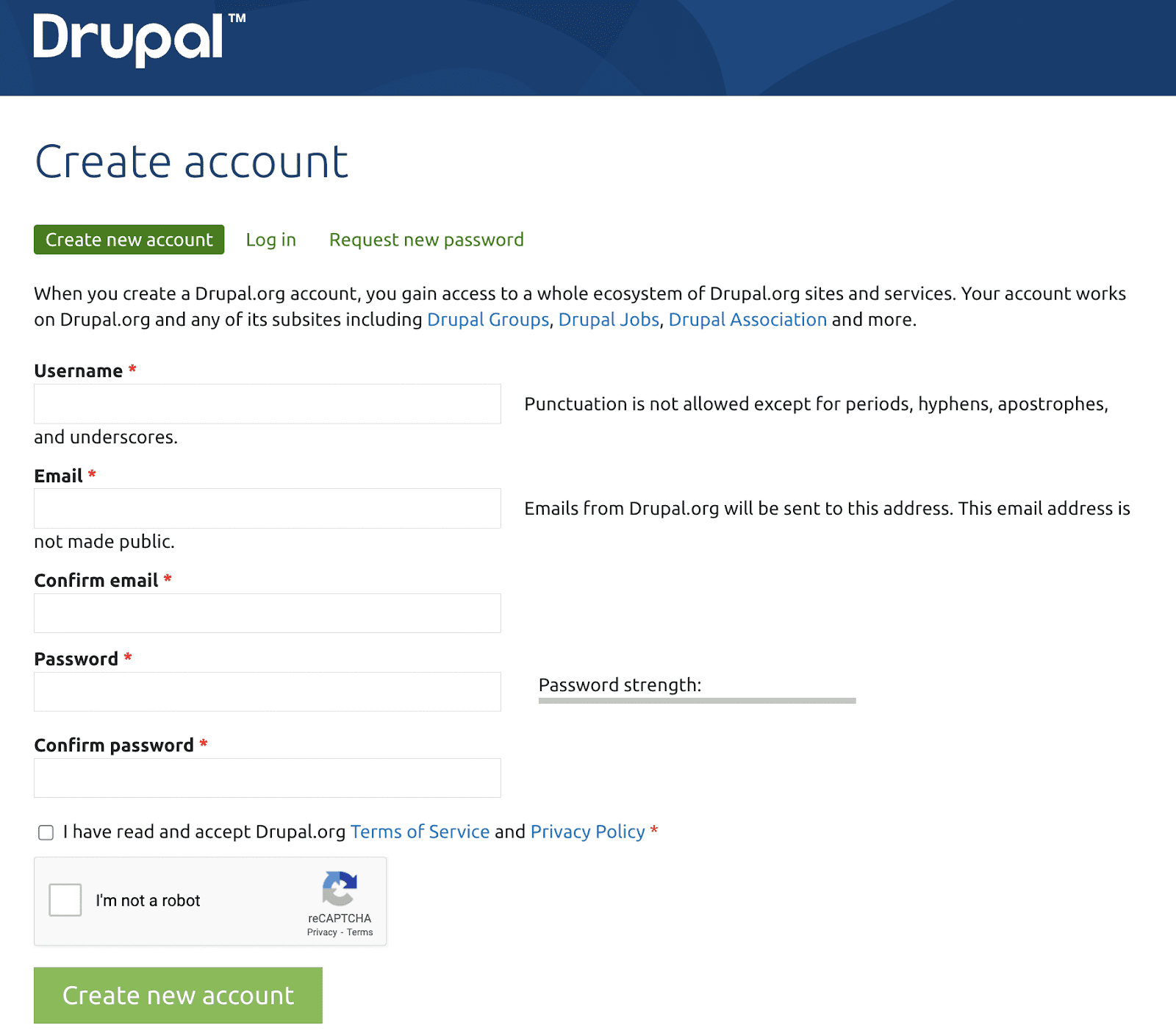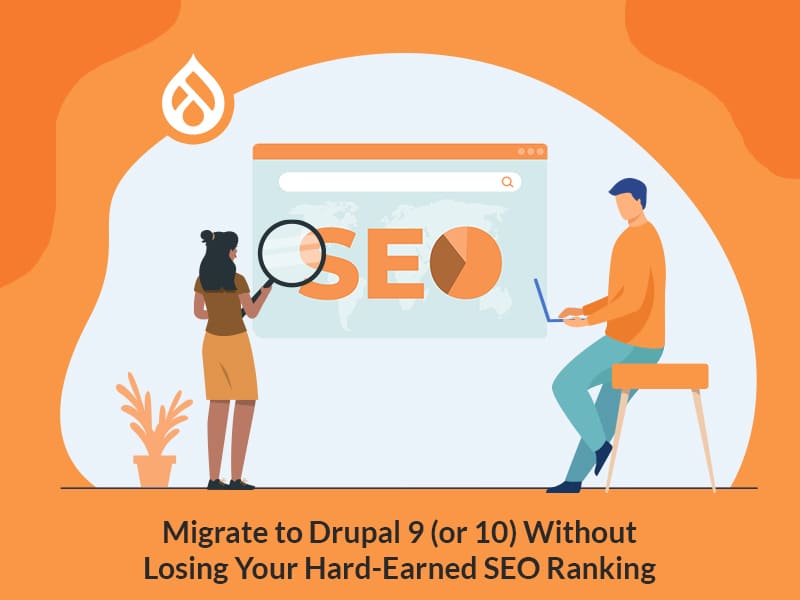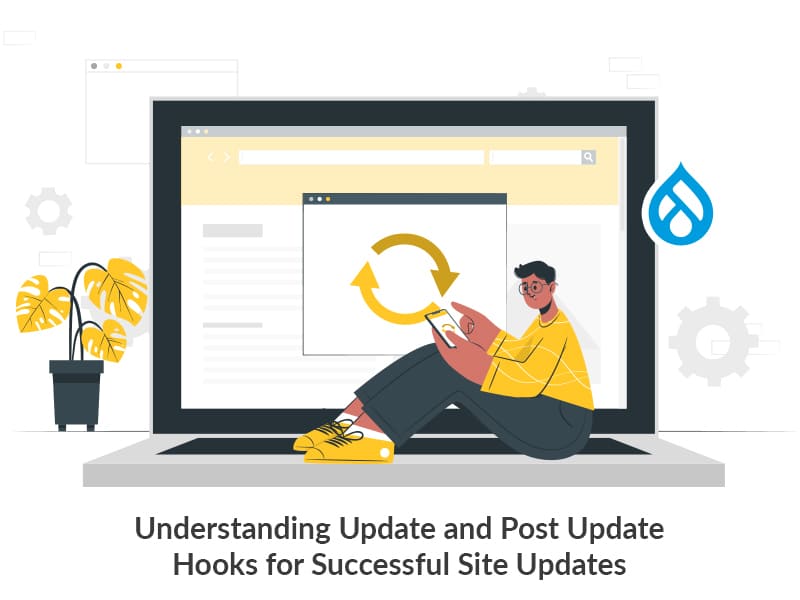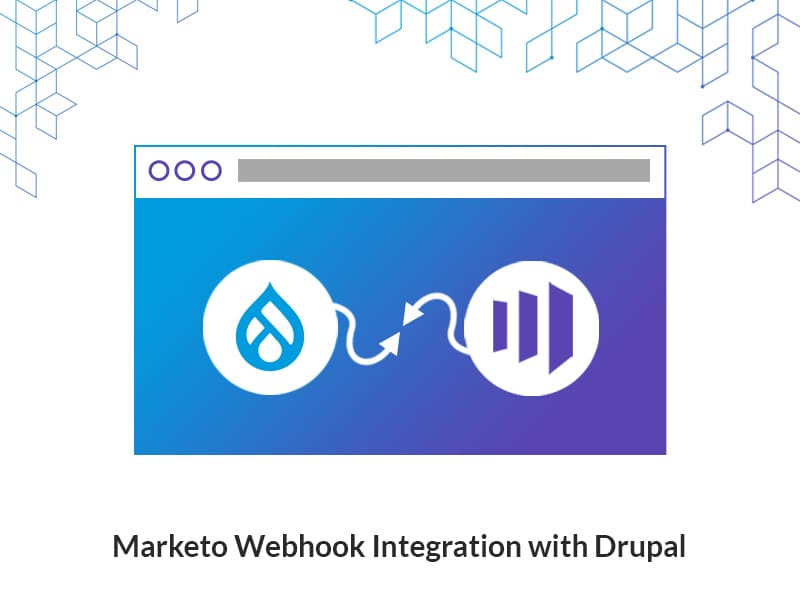Author:
Source
Sponsored:
Atlas of AI: Power, Politics, and the Planetary Costs of Artificial Intelligence - Audiobook

Uncover the true cost of artificial intelligence.
Listen now, and see the system behind the screens before the future listens to you. = > Atlas of AI $0.00 with trial. Read by Larissa Gallagher
Duplicate content is no less than plagiarism. In fact, it can cause concerns not only for content professionals but also for website owners and SEO professionals. Surprisingly, 25-30% of the content on the internet today is duplicated without people even realizing it.
In this blog, we’ll talk about duplicate content, the significance of this issue in today’s metrics, and how Drupal helps you solve the problem with convenience.
What is duplicate content
Duplicate content simply means identical content that exists across various URLs on the internet. When identical content shows up on different URLs, search engines typically face confusion in determining which URL to prioritize in their search results. This leads to low-ranking issues for all the URLs that display similar content, while preference slides over to alternative web pages.
Why is it a significant problem
As mentioned earlier, duplicate content can cause issues for marketers, website owners, and SEO professionals. Let me categorize the types of issues it can bring you:
For Search Engines
Identification: Search engines struggle to determine which version(s) of content to include or exclude from their indexes.
Link Metrics Distribution: They face uncertainty in distributing link metrics like trust, authority, anchor text, and link equity among multiple versions or a single page.
Ranking Ambiguity: It becomes unclear which version(s) should rank for specific search queries.
For Website Owners
Search Engine Optimization: To enhance user experience, search engines tend to display only one version of duplicated content. This reduces the visibility of all duplicates.
Link Equity Dilution: Inbound links are divided among duplicates rather than consolidating on one page. This disperses the link equity, affecting the search visibility of the content piece.
Consequently, duplicated content fails to achieve the search visibility it could otherwise attain.
What causes duplicate content
Now that you’ve gathered some information about the seriousness of the issue of duplicate content, here are a few potential and technical causes that lead to content duplication.
URL Parameters: This issue arises when you apply URL parameters or tracking in your website’s code. According to Google, these URL variations are created by pairing a key and a value which are separated by an equal sign, and linked by an ampersand. Consequently, although the URLs may seem distinct, users end up on the same page regardless of the link they click.
Session IDs: Similar to applied URL parameters, session IDs are assigned different IDs within the URL to each user visiting your site.
Multiple Versions of Your Site: This issue arises with websites that have both a www.example.com and an example.com version of their pages. It also applies to sites with an SSL certificate that maintain both HTTP and HTTPS versions of their site.
Faceted Navigation: Faceted or filtered navigation allows users to refine details on your site to find the information they are looking for. It enables them to customize their search experience. However, search engines may perceive these filtered URL results as duplicated content.
Types of duplicate content
Duplicate content affects your SEO ranking. Having said that, in terms of search engine optimization, duplicate content is of two different types:
1. Site-wide/Cross-domain Duplicate Content
Site-wide duplicate content occurs when identical or similar content is available across different pages within the same website or across multiple domains. For instance, some e-commerce platforms may use similar product descriptions on their primary domain (store.com), mobile version (m.store.com), or localized domain versions like store.ca. Such duplication of content challenges your SEO ranking.
If the duplicate content extends beyond a single website to multiple websites, determining the organic search result becomes a challenging task, requiring specific strategies to deal with the same.
2. Copied Content/Technical Problems
This sounds like an oversight yet a major issue at that. Such duplicate content occurs from directly copying content to multiple locations or due to technical issues that result in the display of similar content on various URLs. This may be the case with URLs with parameters lacking canonical tags, duplicate pages without the no index directive, and copied content published without proper redirection.
When canonical tags or redirects are not appropriately set up, search engines may index and attempt to rank nearly identical versions of pages, leading to potential SEO complications.
How Can Google Help Detect Duplicate Content
One of the most popular and verified methods of assessing duplicate content is by simply selecting a few words from the site, enclosing them within quotes, and inputting them into Google search.
Ideally, this test on any page from your website should show your webpage in the search results, without other entries. However, if other websites also appear along with yours, Google considers the top results to be the original source of content. If you don’t find your webpage on top of the results, it might be a concern of duplicate content.
You can repeat this procedure by testing several short, random sentences from your webpage using Google.
Additionally, there are various free tools to check for duplicate content over the web, such as Copyscape, Plagspotter, Duplichecker, Smallseotools, and more.
The Global Redirect Module: Fixing Duplicate Content SEO Issues in Drupal
For those who’re unaware, Drupal is an open-source content management system that works towards simplifying development and creation processes for its global community. It offers many core and contributed modules that serve its purposes. One such module works towards fixing the issue of duplicate content – the Global Redirect Module.
The Global Redirect module is an SEO-friendly module that offers you a user-friendly interface to manage your URL path redirects.
In Drupal, the alias system can sometimes lead to duplicate URLs, which can affect your website’s search engine ranking. This Drupal module tackles this issue by checking for existing aliases and redirecting to the correct URL. Additionally, it manages URL formatting by removing trailing slashes, ensuring clean URL usage, and verifying node permissions and access.
As per the module’s documentation source, here’s what it does to correct/fix duplicate content:
Verifies if the current URL has an alias and performs a 301 redirect to it if it’s not currently in use.
Checks for a trailing slash in the current URL, then removes it if found, and repeats the first check with the updated request.
Determines if the current URL matches the site’s front page and redirects to the front page if there’s a match.
Ensures that Clean URLs are enabled and confirms whether the current URL is accessed using the clean method rather than the unclean method.
Validates access to the URL; if the user lacks access to the path, no redirects occur. This feature helps protect private aliased nodes from exposure.
Enforces the case sensitivity of the accessed URL to match the one set by the author/administrator.
In non-technical interpretation of the above information, the Drupal Global Redirect module
Establishes fresh redirects.
Detects faulty URL paths (ensure the “Redirect 4040” sub-module is activated for this feature).
Configures redirects at the domain level (utilize the “Redirect Domain” sub-module for this purpose).
Imports existing redirects.
This way, you avoid the risk of having the very same content displayed on multiple URL paths.
How to Configure the Global Redirect Module
Before you configure the module, make sure to download it from https://www.drupal.org/project/globalredirect and then proceed with the following steps to configure the module to fix the issue of duplicate content on your Drupal site:
Navigate to the Configuration page in your Drupal dashboard.
In the Search and Metadata section, click on the URL redirects option. If you don’t find it, try clearing your Drupal cache and check again.
On the URL redirects page, find the list of created redirects. Click on the +Add redirect button to add a new redirect.
In the Path field, enter the old title or URL alias that you want to redirect from.
In the To field, specify the relative internal path or the absolute external path that you want the old URL to redirect to.
Choose the appropriate Redirect status from the drop-down menu.
Click on Save at the bottom of the page to save the redirect configuration.
Navigate to the Settings tab at the top of the page to access additional configuration options for the Global Redirect module.
In the Settings tab, modify the default redirect status and adjust global redirect settings as needed.Click on Save Configuration to apply the new settings.
Final Thoughts
To wrap up, duplicate content affects your search engine rankings and impacts user experience as well as link equity distribution. It poses threatening challenges for content creators, website owners, and SEO professionals. Understanding the causes and types of duplicate content can help devise effective strategies to fix this issue.
In Drupal, the Global Redirect module offers a convenient solution to manage URL redirects and prevent duplicity of content. While there are many other ways to boost your SEO ranking, Drupal users trust this module to work best in fixing duplicate content issues. It ensures clean URLs, proper redirection, and improved SEO performance on your Drupal site.
So, employ effective measures to rank your Drupal website – avoid duplicate content, stick with Google algorithms, stay up-to-date with the latest technological measures, or you could connect with an expert Drupal development agency to enhance your Drupal SEO and boost your site’s search engine ranking.






